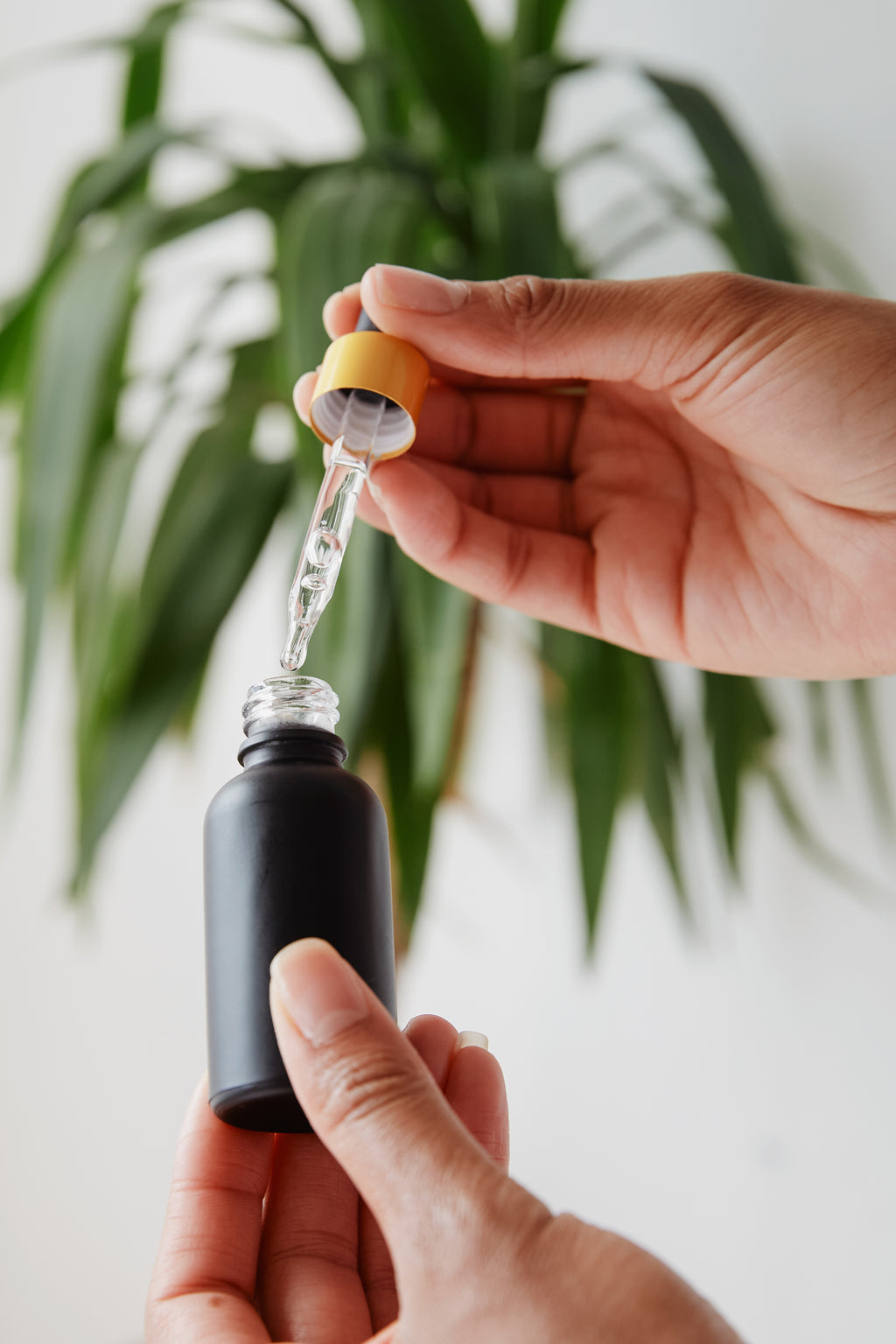Factors affecting pigmentation can be external and internal.

- Post-inflammatory pigmentation. Appears as a result of inflammatory processes that occurred on the skin (acne, burns, injuries). The longer the inflammatory process was, the more pronounced the mark may be.
- After the laser. If the pigmentation appeared after the laser, it means that either the master performed the procedure incorrectly or the client did not follow the safety rules.
- Age pigmentation. It usually appears after 40-45 years, is characterized as persistent brown spots and is caused by ultraviolet exposure and neglect of sun protection.
- Excessive insolation. Tanning in the sun, in a solarium, neglecting sun protection can lead to burns, skin damage and persistent pigmentation. Usually, this pigmentation is brown and appears on more exposed areas of the skin.

How to remove pigment spots on the face?
In order to work with pigmentation on the face, you should pay attention to products with such components as:
- antioxidants (for example, vitamin C, E);
- niacinamide;
- vitamin A or retinol.
How to lighten pigment spots on the face?
If you want to lighten spots, you need to understand that a complex of measures is needed, and not just some cream or serum.
First, we must not forget about exfoliation and exfoliation of our skin. Glycolic acid copes with this task very powerfully. It exfoliates and has the ability to lighten.
It is also important to add depigmenting agents or, in simple language, whitening agents to the care. These are components in the composition of products that inhibit the very process of the formation of pigment spots and affect the pigment melatonin. Example:
- arbutin (works very effectively in combination with antioxidants);
- azelaic acid and its derivatives (azeloglycine);
- tranexamic acid (additionally provides an anti-inflammatory effect and is suitable even for sensitive skin).

